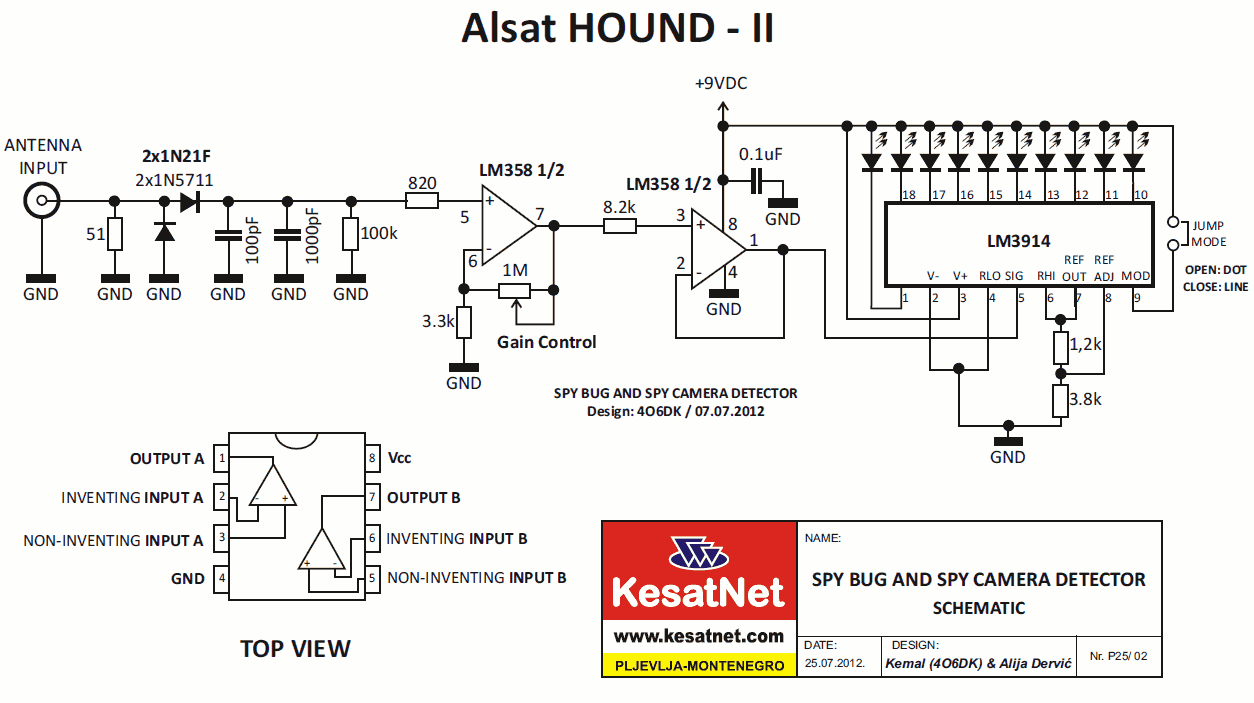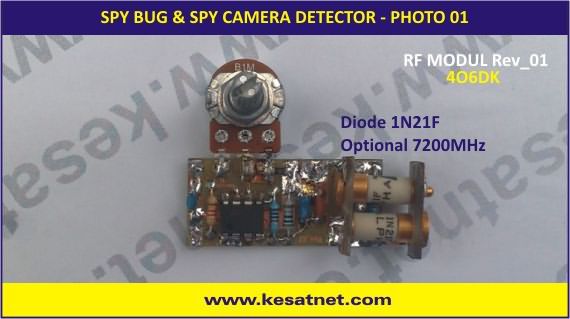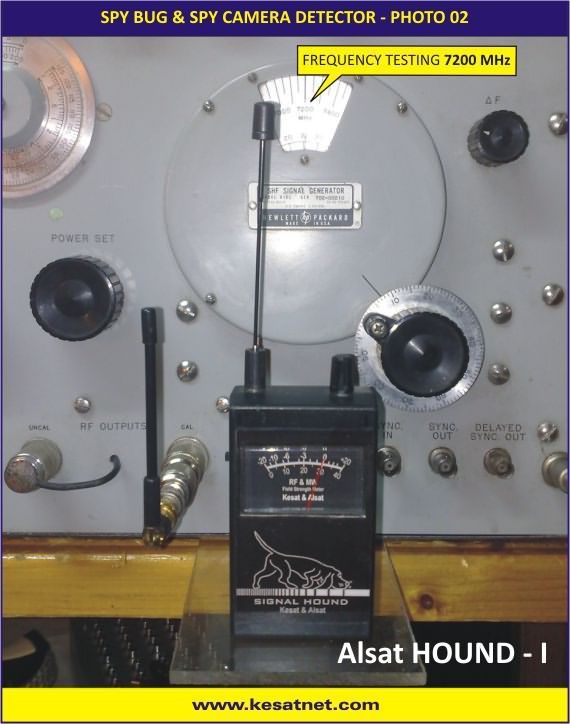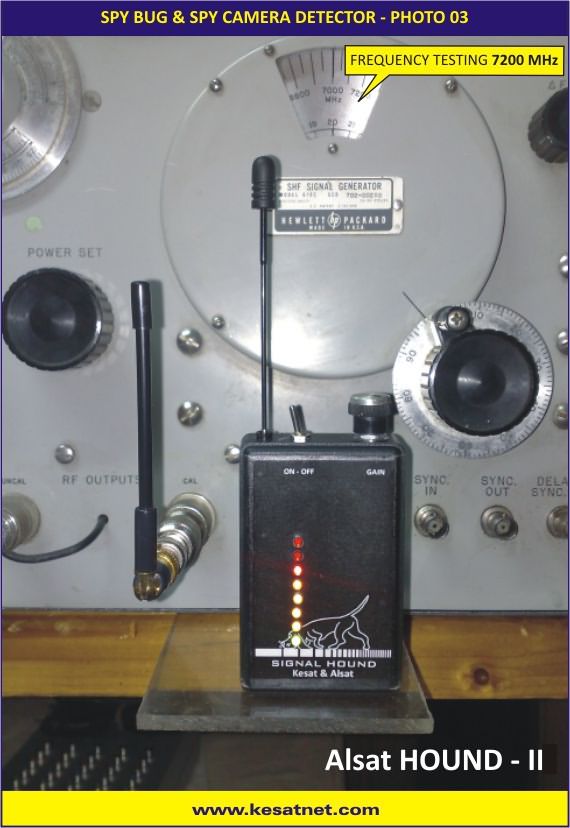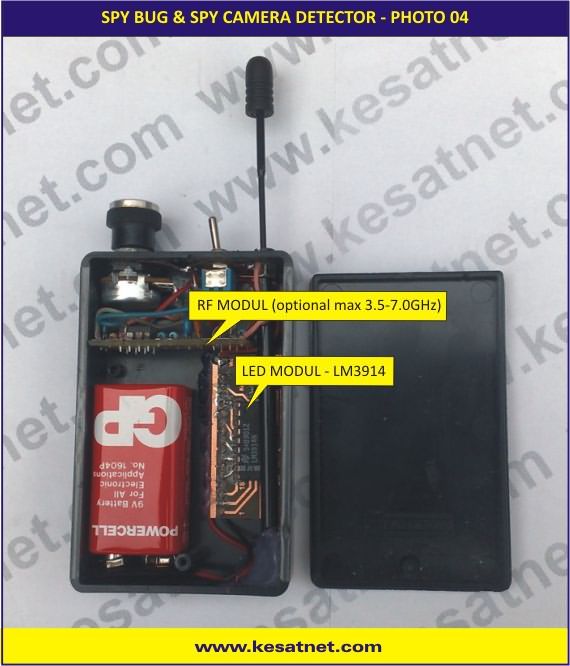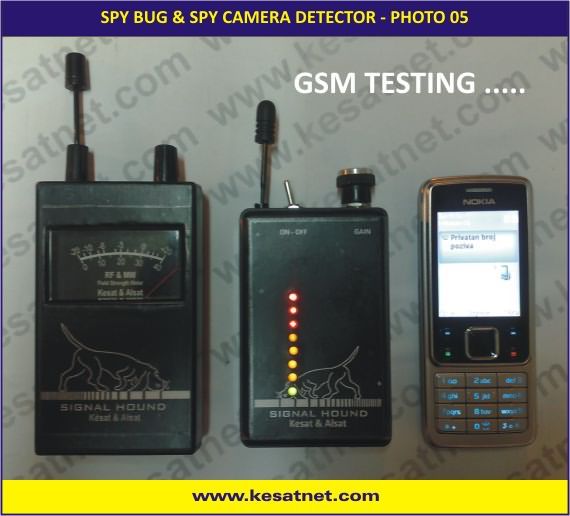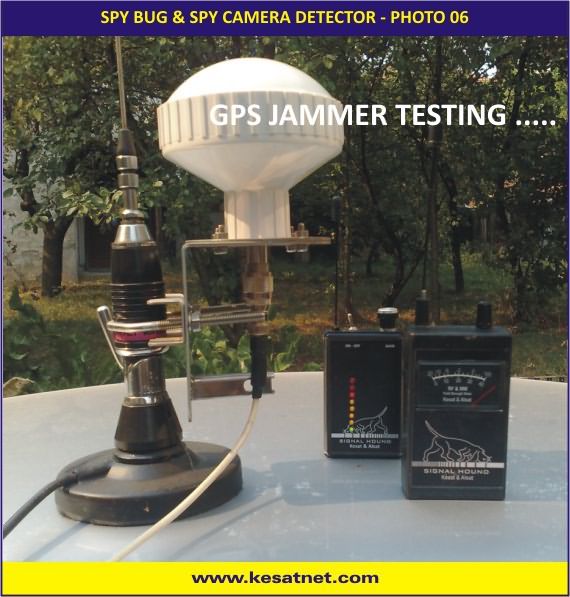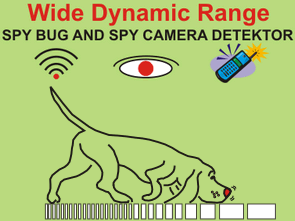
With the rapid development of electronics, it is unfortunately becoming commonplace to install wireless devices for listening and video transmission in apartments and workplaces. However, even if the operating systems are known, it is not so easy to detect such devices. These devices are very small in size and very similar to the devices we use every day. Initially, these devices used the 100MHz FM frequency band. These devices now operate at higher frequencies and increasingly use the SHF band above 1 GHz.
A particular danger to the invasion of our privacy is represented by spy bugs – cell phones – so-called “sleepers” that are placed in apartments and workplaces and activated outside the building by a silent call. Also, a violation of our privacy is the unauthorized installation of GPS locators on personal vehicles, which this detector can record. This detector is designed as a broadband RF receiver with a maximum upper frequency range of 3.5 GHz to 7.2 GHz, depending on the diodes and antennas used. With this detector, it is possible to detect wireless listening audio-visual devices up to 4m in diameter. Electronic engineers dealing with RF technology can use this device as a relative electromagnetic field meter.
The device consists of an RF signal detector with a 1N21F or 1N5711 diode and a signal display part, in which an analog microammeter or module with LEDs can be used, which drives the well-known LM3914 circuit. In both cases, an operational amplifier LM358 with the ability to adjust the gain is used to amplify the level of the detected RF signal. For more precise search of the radio spectrum, it is recommended to make a series of ring antennas of copper wire with a diameter of 1 mm to 2 mm, with lengths approximately corresponding to the wavelength of a given area.
12.5 cm range 2.4 GHz (Bluetooth, WLAN)
16cm area 1800MHz (GSM)
19cm area 1575MHz (GPS-L1)
24cm area 1220MHz (GPS-L2)
33cm area 900MHz (GSM)
70cm area 433MHz (UHF)
Also, due to the smaller dimensions of the receiving antennas, a series of “rod” antennas can be made from copper wire with a diameter of 1 mm, which corresponds to about a quarter of the wavelength of a given area.
3.3 cm range 2.4 GHz (Bluetooth, WLAN)
1800MHz (GSM) with 4.0 cm field
4.7 cm field 1575 MHz (GPS-L1)
6.1 cm field 1220 MHz (GPS-L2)
8.3cm field 900MHz (GSM)
17.5 cm field 433 MHz (UHF)
75cm area 100MHz (FM)
The PCB antenna has proven to be excellent for detecting RF signals in the 2.4 GHz range. If only one fixed antenna is used, use only the “N” or “SMA” connectors for antenna connection due to higher frequencies.
kesatnet.com
Published: 2023/05/04 Tags: analog circuits projects

